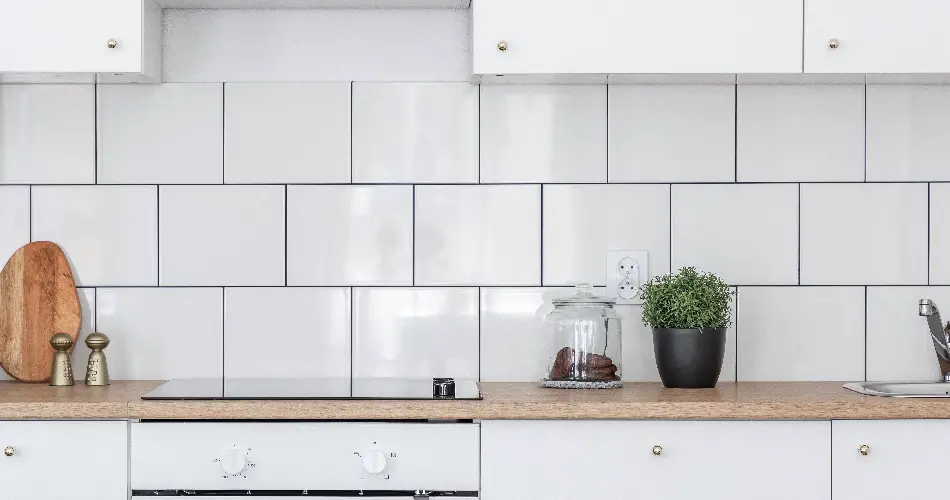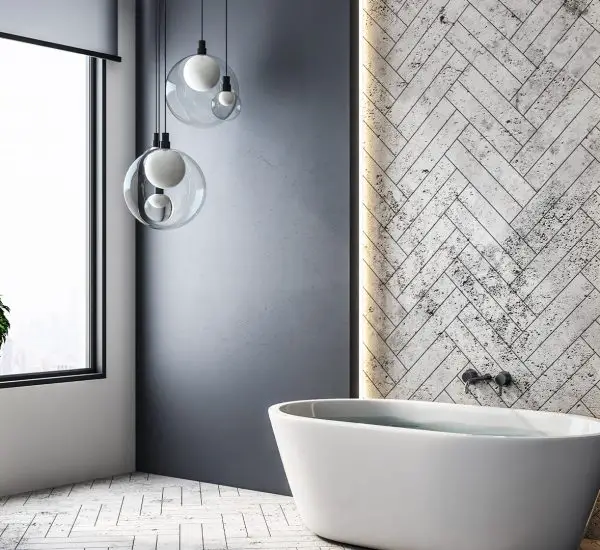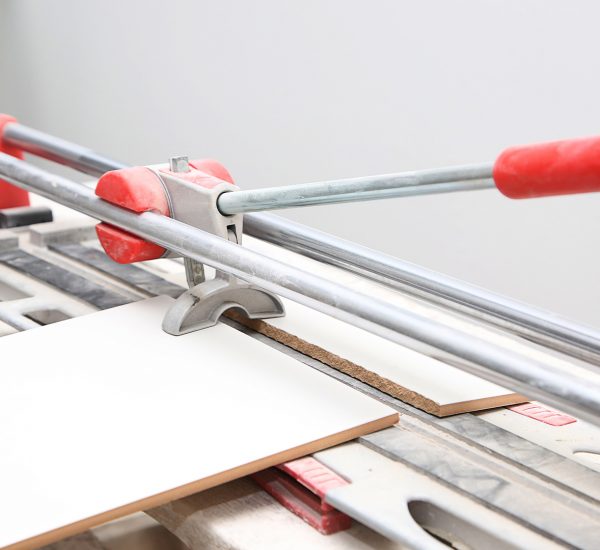From the bathroom to the walk-through by the entrance, the bedrooms, and kitchen, tiles can really style up your living space. In order to nail it, the size of tiles will matter. The debate whether to choose small or large ceramic tiles is delicate and each type of ceramic tile will have an enhanced effect on the aesthetics of your space. So in an attempt to clear the air, here is a breakdown on how to choose the most suitable ceramic tile size in line with your space.
Small vs Large Tiles
Experts say that small tiles are better suited in small rooms while the larger ones would fit better in bigger rooms. Well, with all the varieties and technologies in ceramic tile industry, it is merely a matter of taste and technical requirements.
Small tiles vary between 30 x 30 cm and 4.8 x 4.8 cm (squares) as well as rectangles with measurements not less than the above limits- 4.8 cm and 30 cm.
In contrast, large tile formats, in either rectangular or square formats, have sides longer than 30 cm.
Small Tiles: Finding Their Perfect Spot
Depending on the shape and pattern, small ceramic tiles, like metro tiles, can add busy-ness to a space, or add depth that may make the space feel more compact. Smaller tiles are best for homeowners who fancy a rather out-of-the-box design, a little bit different from the normal.
Smaller tiles freely mix with different designs to form interesting patterns. A busy pattern in a small space could be too much for you, so why not add up some plain ceramic tiles, or opt for a symmetrical tile layout? To say the least, the possibilities with smaller tiles are endless. They are also perfect options in camouflaging curvature and defects.
Benefits of small ceramic tiles:
- Minimal wastage during installation
- Different colours and patterns can easily combine with each other
- Ease of transportation


Where to Lay Large Tiles
Large tile formats are most suitable for those who enjoy the values of minimalism, consistency, as well as overall aesthetics. They go well with large rooms with spacious walls and floors. Larger tiles open up the space in living rooms as they have fewer grout lines. They are easier to maintain and they come with an array of colours, styles, and materials ranging from stone, concrete, wood, or metal. There are certain considerations that we recommend you should be aware of before installing large format tiles:
Support and Level Surface
Considering the weight of larger tiles, it is important to have a support system that will be responsible for handling the weight. Wall tiles, in particular may need close attention, even though ceramic tiles on the floor also need an additional substrate to carry the additional weight.
Larger tiles also require a leveled surface for installation. While smaller tiles can hide any imperfections, the case is different when compared to large format tiles. Their edges will stick out and the uneven surface will create an unsightly appearance, commonly referred to as lippage.
Tips For Laying Tiles
One tested method of installing a large format tile is to ?back-butter? the ceramic tiles.
You will have to apply the adhesive on both the tile?s back surface and on the substrate. Also, make sure to use a soft piece of wood or a rubber mallet to push down the tile as you avoid air spaces.
While firing porcelain and ceramic tiles, shrinkage occurs. This is a natural process in manufacturing as it results in creating a slight curve from the center of the tiles outwards to the edges. With that in mind, you should choose grout material that will match up with the variance created, to avoid lippage. This is especially crucial in large format wall tiles.
Before we head over to the benefits of installing large ceramic tiles, there are several tips that should help you find the right tile size for your home:
- You can add more space to a small room by using large sized floor tiles. Use grout that has a matching colour with the tile and you will do away with the borders on the tile edges, further increasing the space effect. Again, if the room is very, very tiny, then tiles larger than 18 inches will overwhelm the space.
- If your room has a long rectangular shape, you could lay out plank style tiles (rectangular too) in opposite directions to the rectangular shape on the floor hence making the space look more spacious and wider than it actually is.
- You could define select spaces with a mix of small and large tiles. Use the smaller tiles to define the borders within the large tiles, creating a nice cozy effect.
- For an extra effect on the texture without affecting the sense of space, mix together tiles with the same colour but different square and rectangular sizes. The pattern should also be random as they draw someone?s attention without giving the illusion of a smaller space.
- Mosaic tiles are usually small and act as a carpet when used on floors. Despite the numerous grout lines, mosaic tiles can create a harmonized look, spacing out the room. They are particularly used in bathrooms, toilet sinks, or on shelves.
Benefits Of Large Ceramic Tiles
- Easy installation: you will have to lay down fewer tiles, therefore using fewer grout lines
- Conventional surface: minimalistic character
- Consistent appearance enhances the space illusion of the room
In conclusion, while sizes play a defining role, other aspects such as the colour and finish determine the space effect of your room. Lighter colours will accentuate whatever light you throw in and will make the space look bigger. Darker colours can create a cosier looking area with a touch of trend to top it off.

Ultimately, it is not the size that should matter the most- it?s what you do with it. All tile sizes can fit into any kind of room. Just remember to have good materials, well thought designs and possibly a sense of interior décor.




